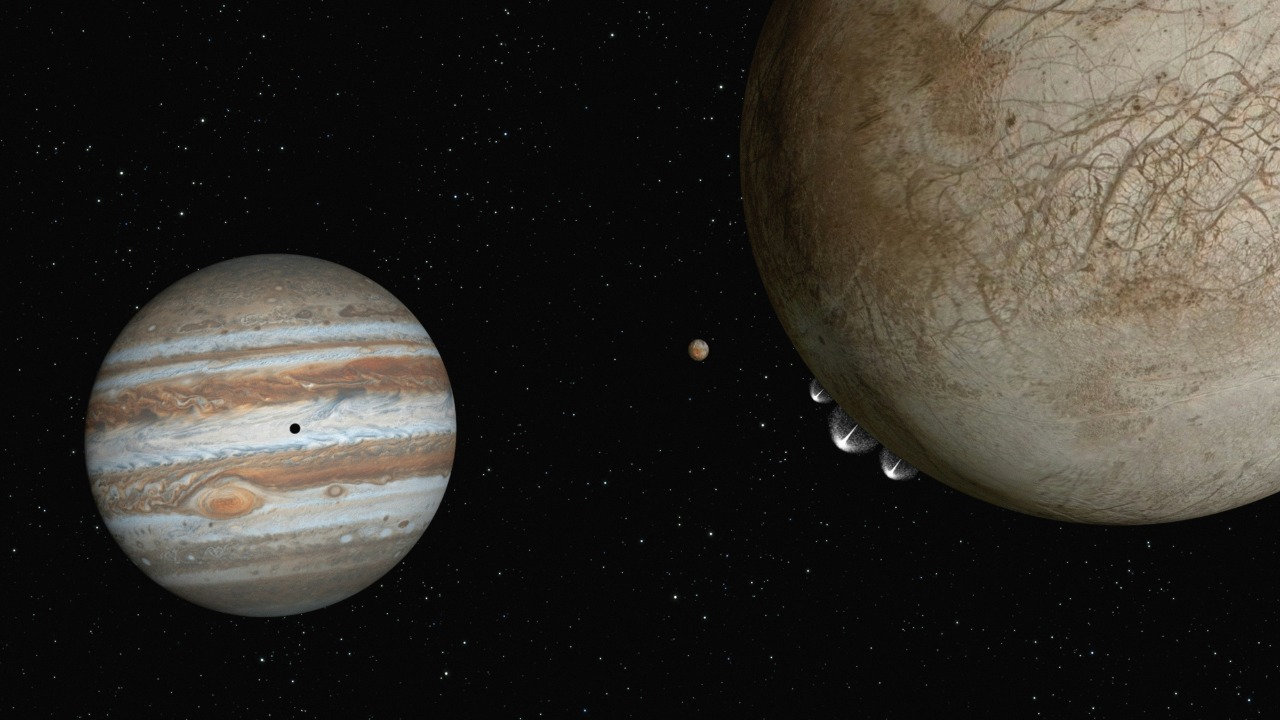
Astronomers have recently discovered a fascinating exoplanet named TOI-4507 b, which is larger than Jupiter yet possesses an astonishingly low density, earning it the nickname “cotton candy” planet. This discovery has left scientists puzzled as it challenges the established models of planetary formation. The unusual characteristics of TOI-4507 b raise new questions about the diversity of planets in the cosmos, prompting a reevaluation of how massive planets can develop under such unique conditions.
Discovery of TOI-4507 b
The initial detection of TOI-4507 b was achieved through sophisticated astronomical methods designed to identify exoplanets beyond our solar system. According to SSBCrack News, astronomers utilized transit photometry, a technique that measures the dimming of a star as a planet passes in front of it, to pinpoint this giant planet. The discovery was first reported on October 15, 2025, highlighting the planet’s extraordinary characteristics that defy conventional expectations.
Following the initial announcement, further reporting on October 16, 2025, emphasized the significance of TOI-4507 b’s discovery in the context of planetary science. The planet’s unexpected properties have sparked considerable interest within the scientific community, as it presents a unique case that challenges existing theories about the formation and composition of gas giants. This ongoing intrigue underscores the need for continued observation and study to unravel the mysteries of this peculiar exoplanet.
Physical Characteristics of the Planet
TOI-4507 b is described as a giant planet that is larger than Jupiter, according to The Daily Galaxy. Despite its massive size, the planet exhibits a remarkably low density, which has been likened to that of cotton candy due to its fluffy and unexpected structure. This unusual composition suggests that TOI-4507 b has a significantly lower mass relative to its volume, a characteristic that sets it apart from typical gas giants.
The planet’s low density is attributed to its unique orbital and atmospheric features. As reported by SSBCrack News, these features contribute to its giant scale while maintaining a surprisingly low mass. The combination of these factors makes TOI-4507 b an intriguing subject for further study, as it challenges the traditional understanding of how such massive planets can exist with such low density.
Scientific Puzzle and Bafflement
The discovery of TOI-4507 b has left astronomers baffled due to its properties that contradict typical models for gas giants larger than Jupiter. The planet’s low-density makeup defies expectations, prompting scientists to explore potential theories that could explain its formation. According to The Daily Galaxy, one possibility is that the planet’s composition includes a significant amount of lighter elements or gases, which could account for its fluffy structure.
Despite these theories, the exact mechanisms behind TOI-4507 b’s formation remain unclear. As noted by SSBCrack News, ongoing observations are crucial to resolving the puzzle surrounding this exoplanet’s anomalous traits. The planet’s unique characteristics offer a valuable opportunity for scientists to refine their models of planetary formation and to better understand the diversity of planets in the universe.
Broader Implications for Exoplanet Research
The discovery of TOI-4507 b expands our knowledge of the diverse types of planets that exist beyond our solar system. As reported by SSBCrack News, this giant planet with its cotton candy-like density challenges existing assumptions about the formation and composition of massive planets. The findings from TOI-4507 b could inspire future missions and studies aimed at exploring similar exoplanets, potentially leading to new insights into the processes that govern planetary formation.
Furthermore, the baffling aspects of TOI-4507 b highlight the importance of continued exploration and observation of distant worlds. As noted by The Daily Galaxy, the planet’s unique characteristics could provide valuable clues about the conditions that allow for the existence of habitable or extreme worlds in distant systems. By challenging current models and assumptions, TOI-4507 b plays a crucial role in advancing our understanding of the universe and the diverse array of planets it contains.